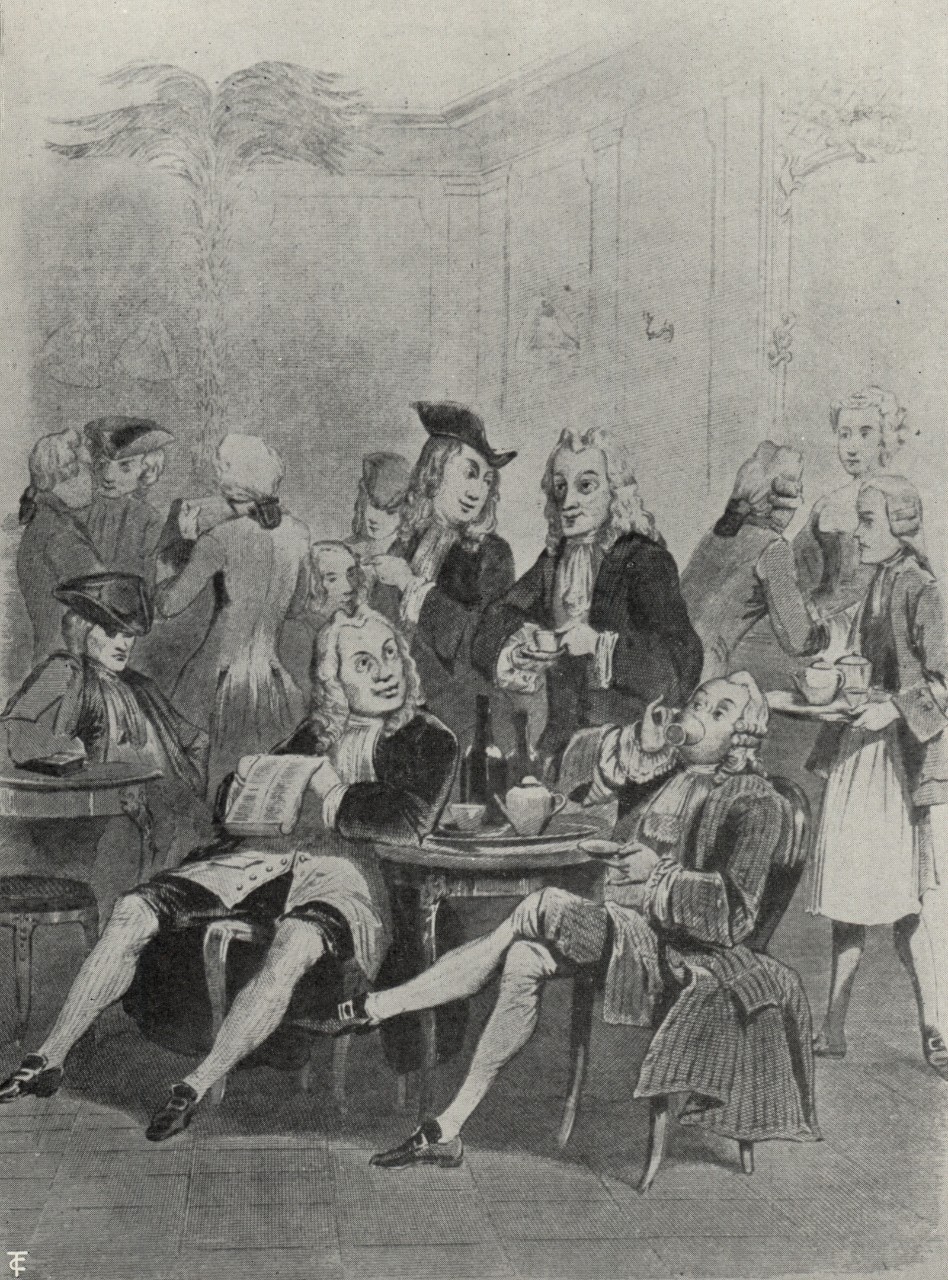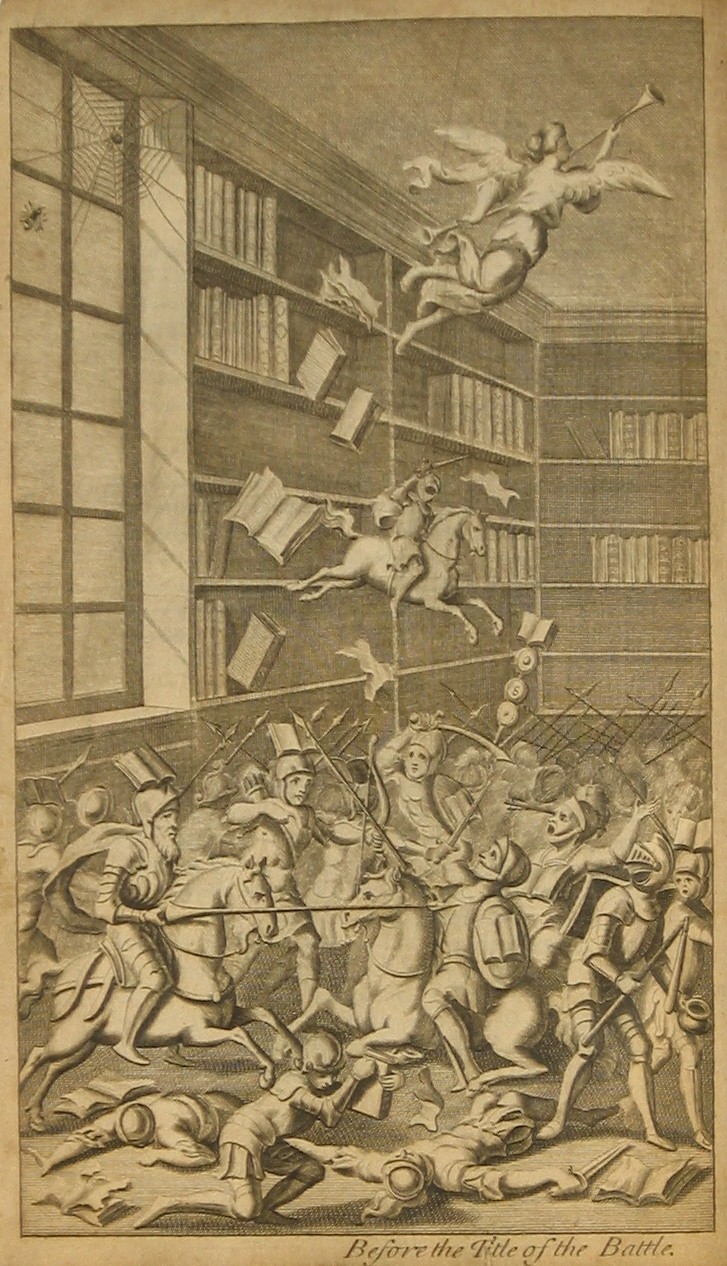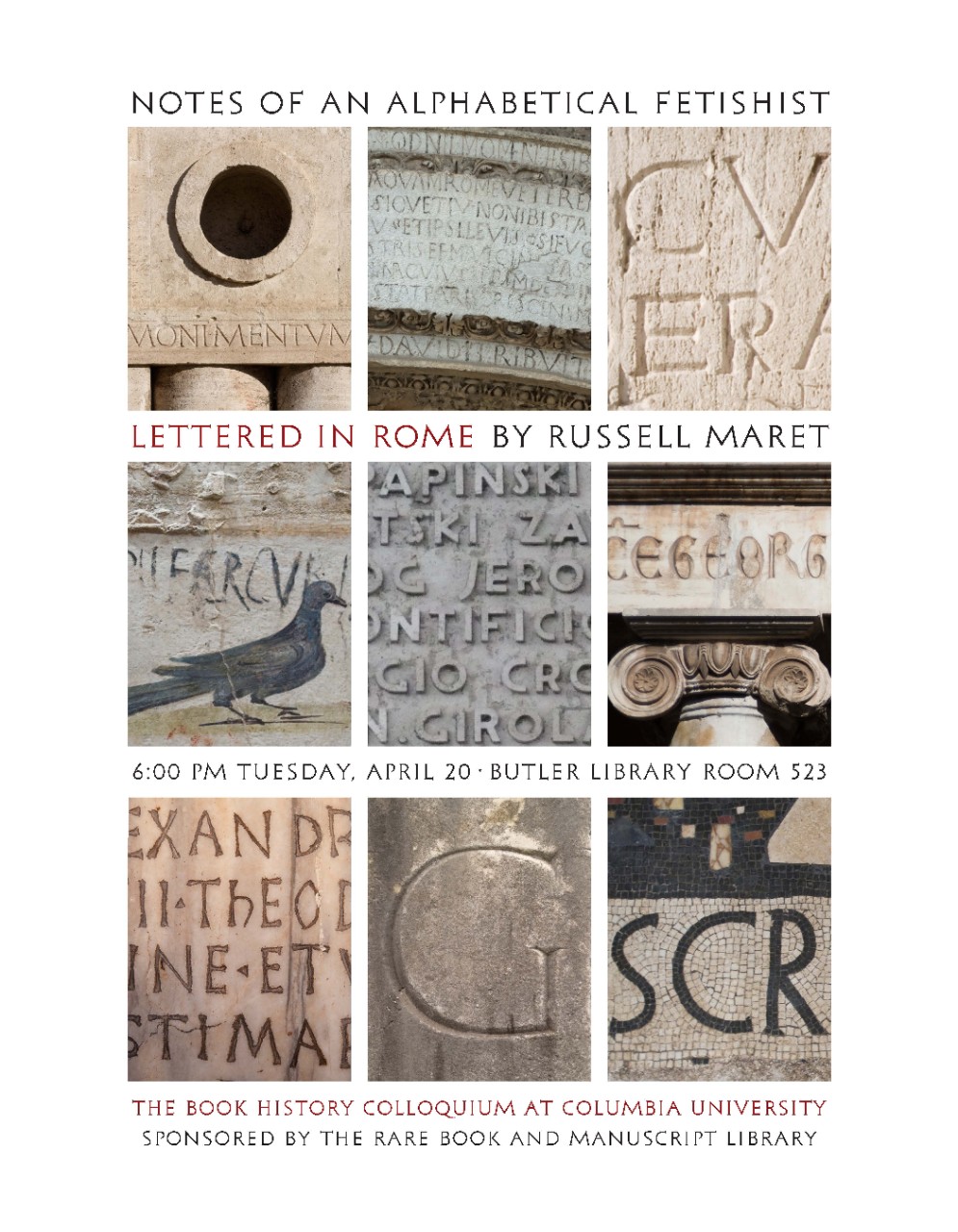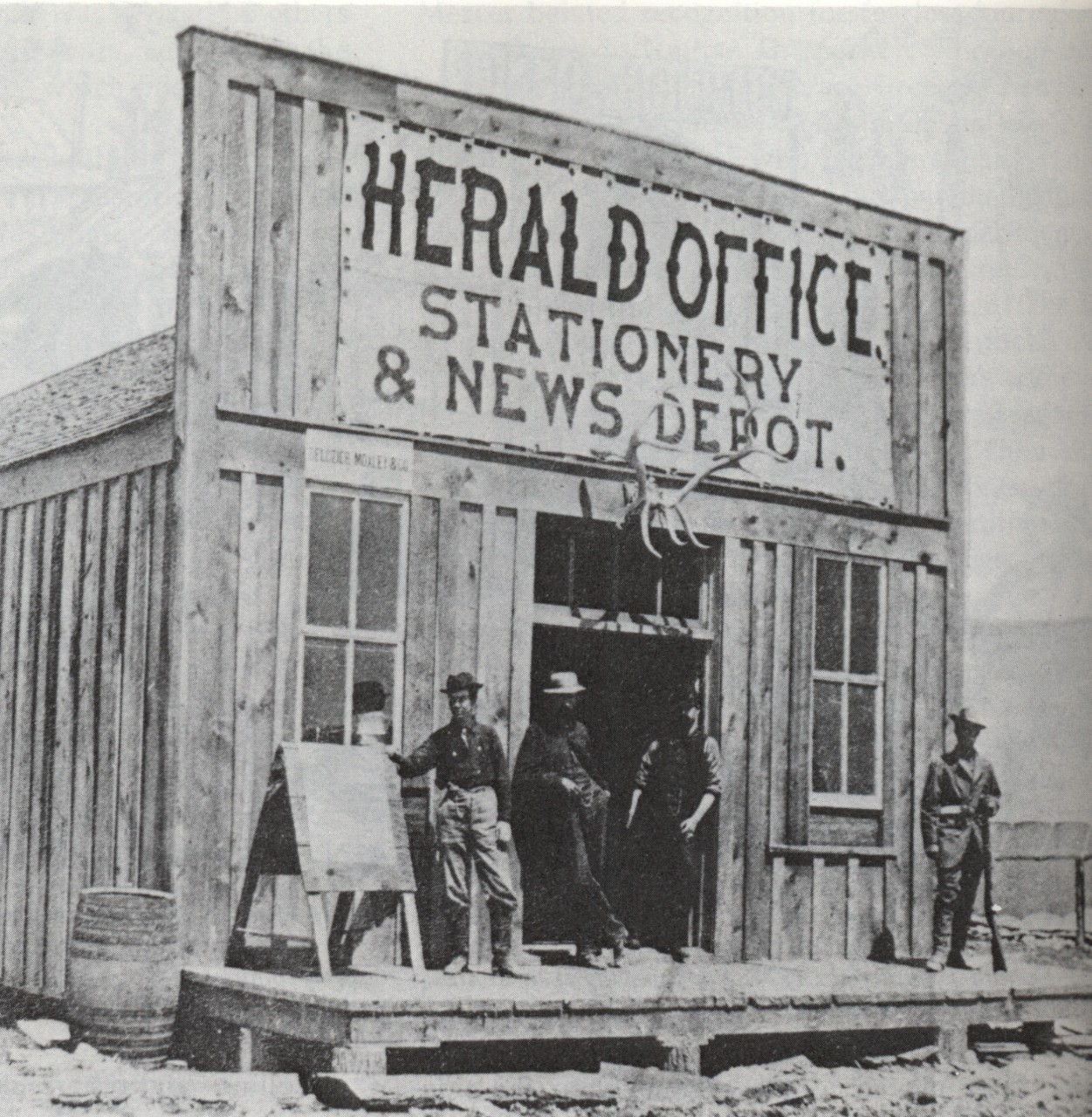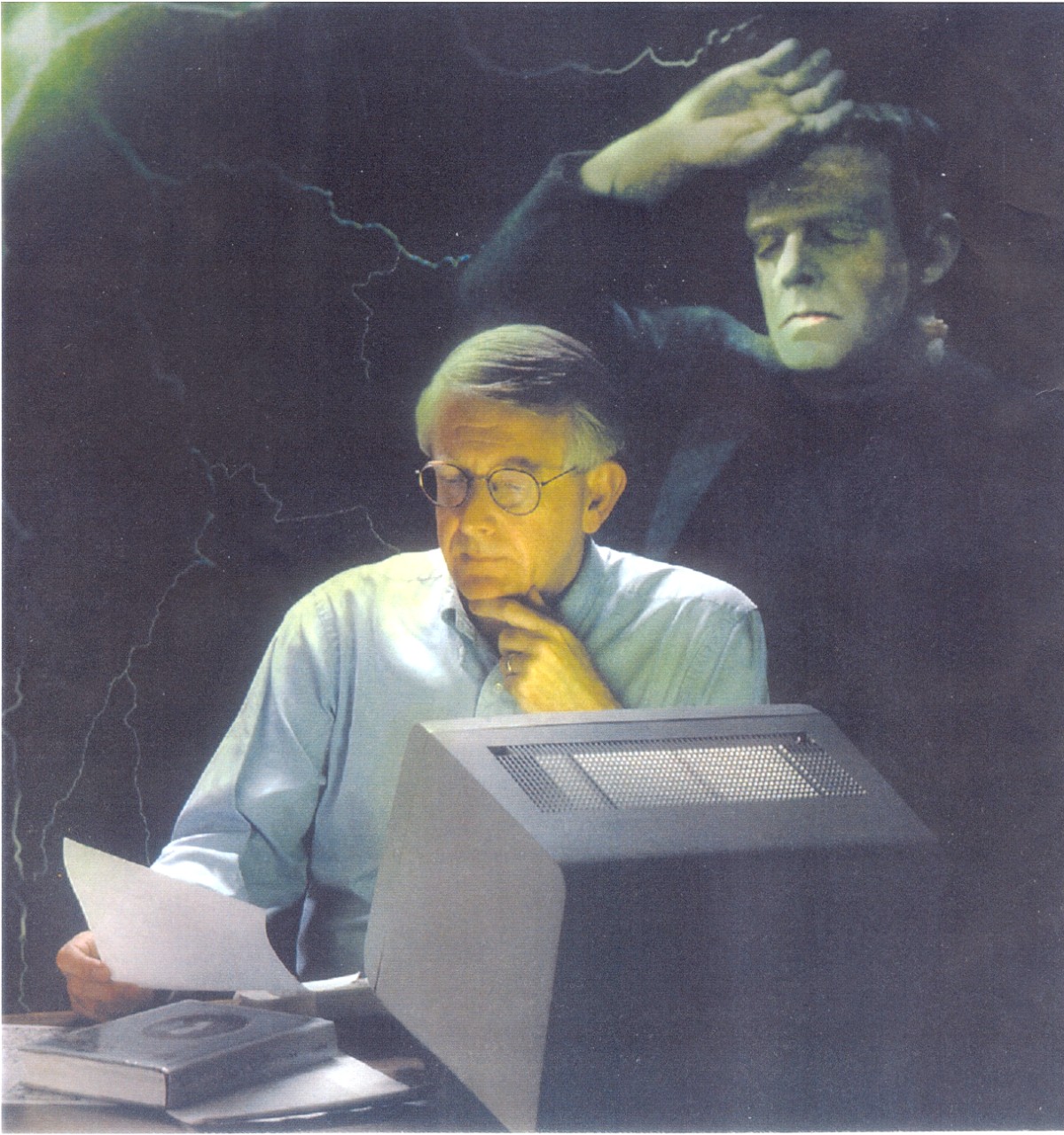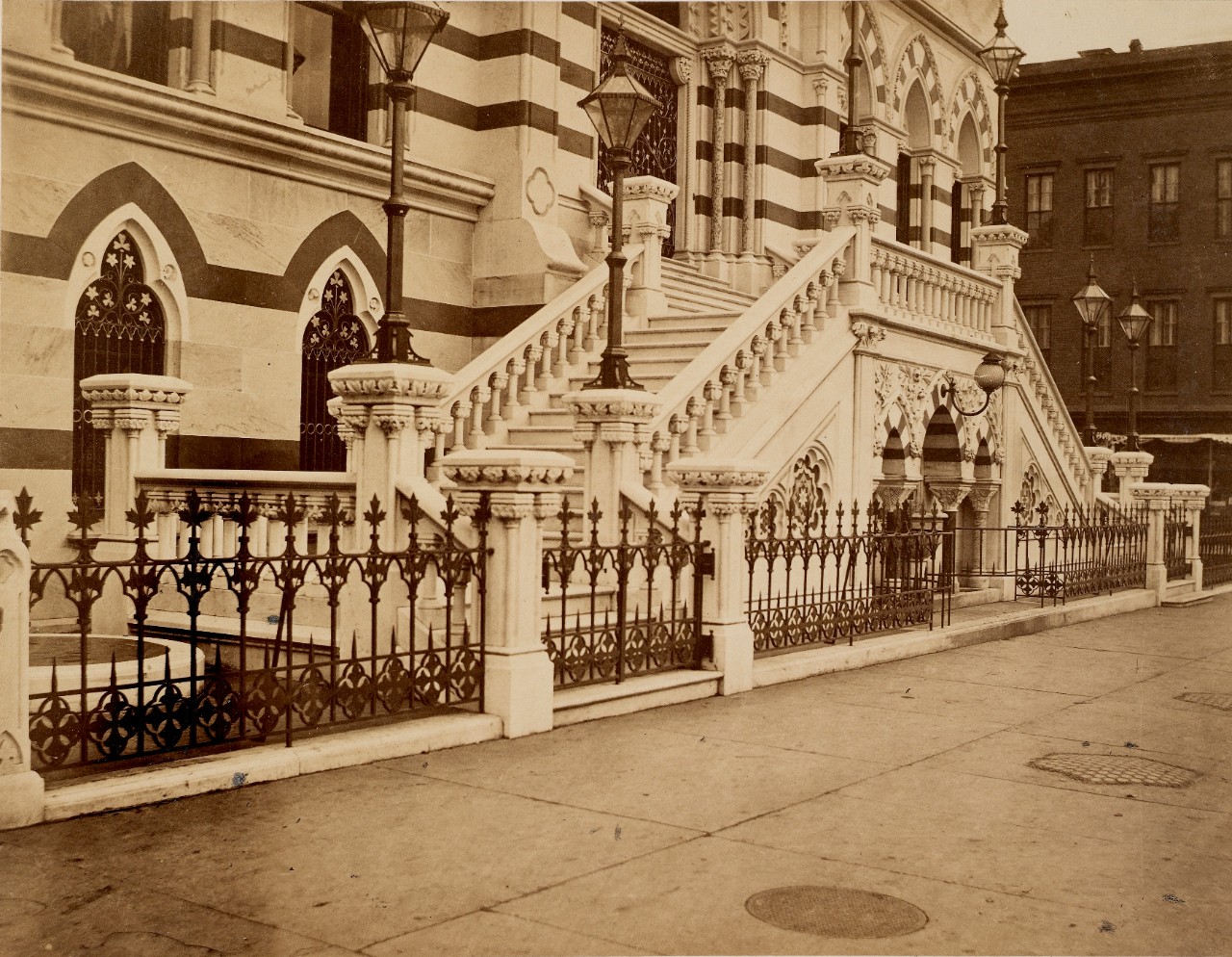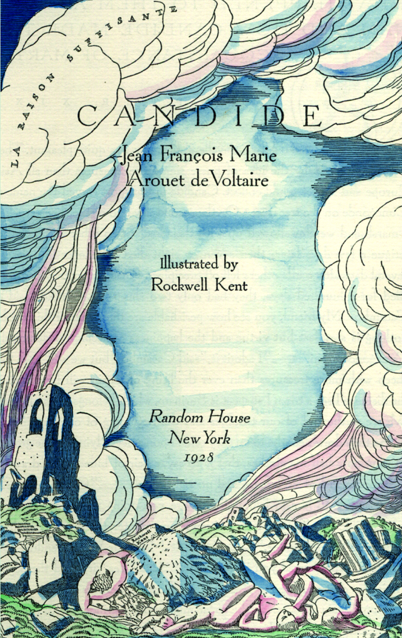2009-2010 Book History Colloquium at Columbia University
The Book History Colloquium at Columbia University, open to any discipline, aims to provide a broad outlet for the scholarly discussion of book history, print culture, the book arts, and bibliographical research, and (ideally) the promotion of research and publication in these fields. Our presenters include Columbia faculty members and advanced graduate students, and scholars of national prominence from a range of institutions.
Questions? E-mail Gerald Cloud.
All sessions take place in 523 Butler Library, 6:00 – 7:30 p.m.
Spring 2010
March 3, 2010 (Wednesday)
Thierry Rigogne
History Department, Fordham University
“Writing About Coffee, Reading In Cafés: Literature and Coffeehouses in Early Modern France”
Well before Jean-Paul Sartre and Simone de Beauvoir, Parisian cafés have shared a strong affinity with literature. In the seventeenth century, it was books, from travel accounts to medical treatises, that introduced the French to what was then a new, exotic, Oriental beverage. Writers immediately patronized the first coffeehouses, where they could discuss literature and much else, while regular patrons went to cafés to read newspapers or pamphlets. In this talk, Thierry Rigogne will explore the connections between cafés and literature in seventeenth and eighteenth-century France, a time during which they shaped each other’s development and created the figure of the literary café.
March 9, 2010 (Tuesday)
Michael F. Suarez, S.J.
Professor of English, University Professor, and Director of Rare Book School, University of Virginia
"The Two Futures of Book History"
Michael F. Suarez, co-General Editor of The Oxford Companion to the Book, will offer a talk on the state of the discipline and where it might go.
March 23, 2010 (Tuesday)
Mark Dimunation
Chief of the Rare Book and Special Collections Division, Library of Congress
“Forged In Fire: The Jefferson Collection At The Library Of Congress”
The nucleus of the Library of Congress was forged in fire. In 1815 Congress purchased Thomas Jefferson’s personal library--then the largest private book collection available in North America--to replace the congressional library destroyed when the British burned the U.S. Capitol the previous year. When Mr. Jefferson’s books arrived in Washington, D.C., the Library of Congress found its center and its impetus. Throughout his life, Jefferson gathered books across a vast spectrum of topics and languages. The nation’s library today mirrors this universal approach to collecting. Reconstructing this landmark collection provides fresh insights into the mind of Thomas Jefferson and the world of the Enlightenment from which he drew his revolutionary ideas. Mark Dimunation, who recently completed the project to reconstruct Thomas Jefferson's Collection, will speak on Mr. Jefferson's Library and how it shaped the nation's library.
April 6, 2010 (Tuesday)
Ivan Lupić
Department of English & Comparative Literature, Columbia University
“Shakespeare, Milton, and the Battle of the Books”
Although literally fought only in the precincts of St. James’s Library some centuries ago, the battle between the ancient and the modern books continues to matter. For the student of the material book, the paper, the binding, and the printed page--though they have no real tongue--all speak with most miraculous organ. Silent yet stubborn, they persistently participate in our definitions and understandings of the contested field of literary culture. It is the purpose of this presentation to look at what “certain Sheets of Paper, bound up in Leather” contributed to the forging of the English classic in the early eighteenth-century, and how the contributions they made are in some form still with us. In addition to Shakespeare and Milton, the indubitable heroes of the story, the distinguished company will also feature the likes of Homer and Virgil, Dryden and Pope, Gay and Swift, Bentley and--alas!--Theobald.
April 20, 2010 (Tuesday)
Russell Maret
Printer, Book Artist and Designer
"Notes of an Alphabetical Fetishist: Lettered in Rome"
Russell Maret will discuss his recent alphabetical investigations and experiments conducted while a fellow of the American Academy in Rome. Russell's initial intention in Rome was to document and analyze lettering in the catacombs. Upon arrival, however, he was quickly diverted by the great variety of classical lettering styles; and what began as an inquiry into non-Imperial lettering developed into a more playful study of diverse alphabetical "themes." Join Russell for a tour of what he found in Rome and what he made as a result.
Fall 2009
September 16, 2009 (Wednesday)
Andie Tucher
Associate Professor, Director of the Communications Ph.D. Program Graduate School of Journalism, Columbia University
“True to Life”
He has dirty fingernails, he smells of beer, you have no idea who he is, and he’s asking you questions that he wants to quote in “the paper”! The being known as the American “reporter” was invented in the nineteenth century as journalism underwent a radical transformation from a mostly partisan argument to a generally independent and commercially valuable information system. I will discuss the development of the most elemental task of journalism: How did reporters work to build credibility, and how and why did readers decide to believe them -- or not? What were the strategies, styles, techniques, and understandings that two parties of strangers otherwise known as reporters and readers used to build descriptions of the world about which both would agree: this seems true to life?
October 29, 2009 (Thursday)
Charles E. Robinson
Professor of English, University of Delaware
“Eleven Texts of Frankenstein: From the Hypothetical Ur-Text and “Original” Draft to the Published Editions of 1818 and 1823 and 1831”
The “fluid” text of Mary Shelley’s Frankenstein reveals in each of its incarnations new secrets about the text we now read in the 21st century. Robinson will explore the stemma or genealogy of the text that he established both in The Frankenstein Notebooks (2 vols., Garland, 1996) and, more recently, in The Original Frankenstein (Bodleian Library Publications, 2008; Random House, A Vintage Book, 2009). He will explain the extent of Percy Shelley’s editorial interventions in Mary Shelley’s “Original” Draft, describe the effects of the Shelleys’ original structure of Frankenstein as a 2-volume novel in 33 chapters, and seek the audience’s help in addressing a still unanswered question about the lineation and pagination of the Fair Copy as it relates to the first edition of 1818.
November 10, 2009 (Tuesday)
Claudia Funke
Curator of Books, Avery Library, Columbia University
“The Creation of a Photographic Book in 1866: P. B. Wight’s National Academy of Design”
P. B. Wight’s “National Academy of Design: Photographs of the New Building” was one of the first American architectural books to be illustrated with original photographs. Its publisher was none other than S. P. Avery, one of America’s first great art dealers, as well as the co-founder of Columbia’s Avery Architectural and Fine Arts Library. In this talk, Claudia Funke, Curator of Rare Books at Avery, will explore the fascinating and rich circumstances of this unusual publication, including contemporaneous photographic commerce and book publishing; aesthetic theory and artistic practice of the time; and the careers of S. P. Avery, architect Wight, and the book’s little-known photographer. Central to her talk will be a close examination of the book itself—a beautiful production that had no immediate successors—and the often-vertiginous relationship between original artworks, reproductions, and authorial responsibility in the 1860s.
December 2, 2009 (Wednesday)
Alice Boone
Department of English and Comparative Literature, Columbia University
“Candide in the Preserving Machine”
Since its initial publication in 1759, Voltaire’s Candide has been criticized, imitated, excerpted into shorter set-pieces, inspired renunciations and sequels, illustrated more than a hundred times by artists both anonymous and famous, sung as musical theater and comic opera, and canonized as a national treasure and an outstanding contribution to world literature. This talk will explore how book history, with its interest in iterations of publication and what has been called the sociology of texts, can expose the unintended, sometimes unpredictable effects of canonization—namely, that what some would call the novel’s timelessness also turns it into a catalyst for its adaptation and change.
